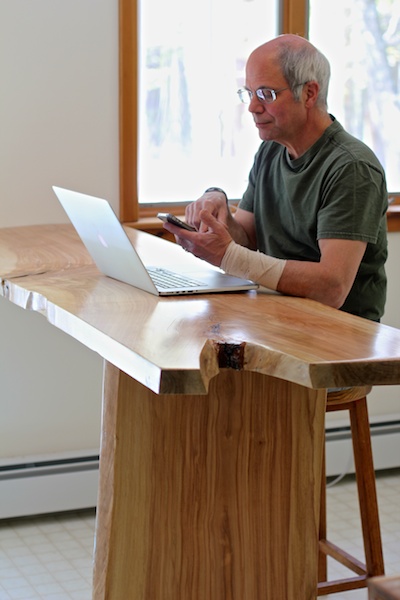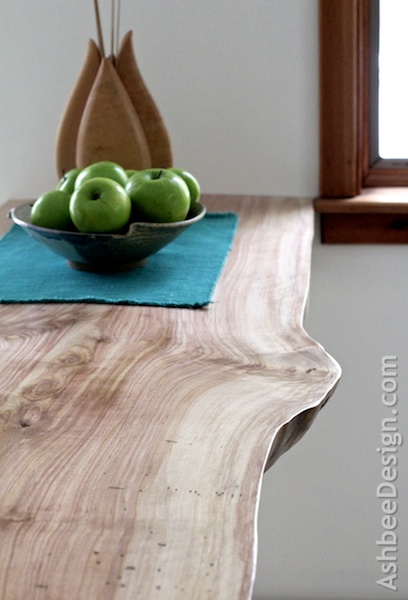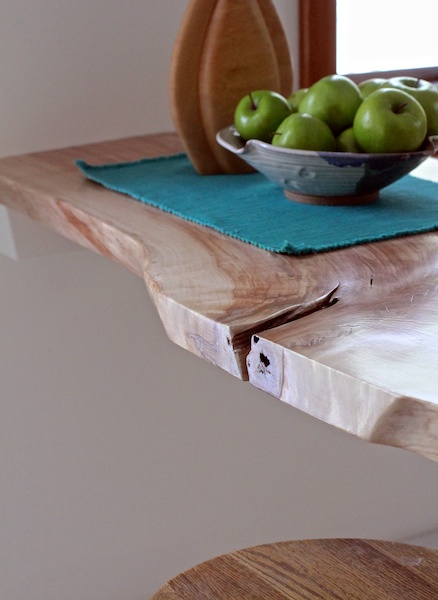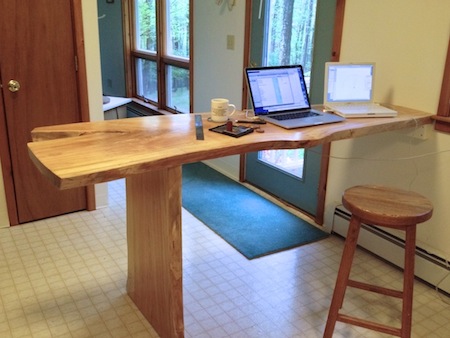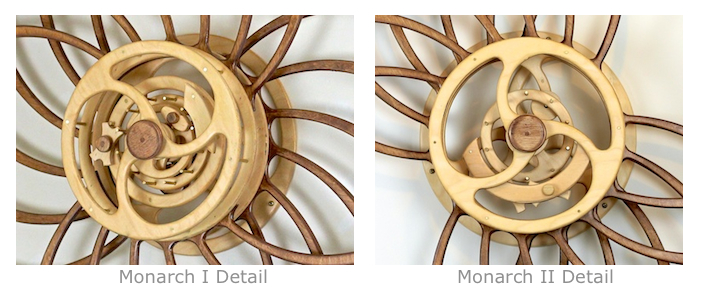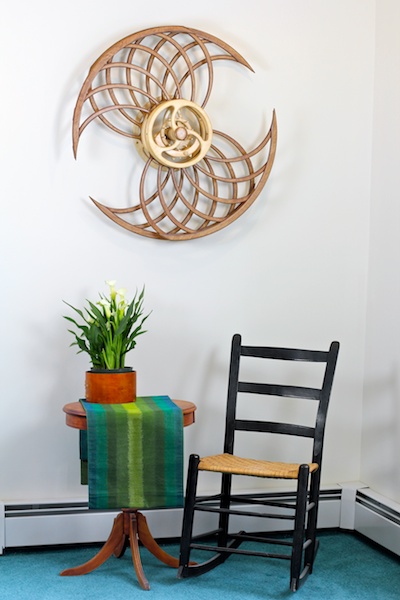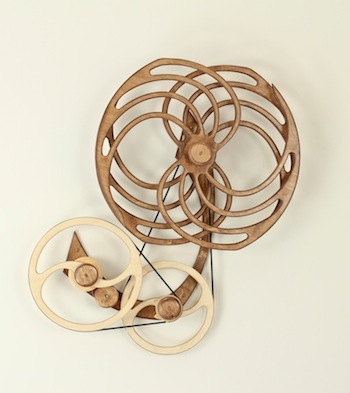Todd Dunning • Kinetic Sculpture from Found Parts
 Monday, May 20, 2013 at 10:52AM
Monday, May 20, 2013 at 10:52AM I always enjoy finding new kinetic sculptors. One of the goals of this blog is to share them with my readers. Kinetic sculptors are a small group but with the help of the Internet we are finding each other.
Not sure where I first saw the work of Todd Dunning whether through the YouTube community or elsewhere. I have always worked in wood. I like how the wood softens the mechanical aspects of a kinetic sculpture. Todd works in metal, cold steel with a corroded patina. He goes in the other direction. He has created a beautiful video to view his work. Enjoy

